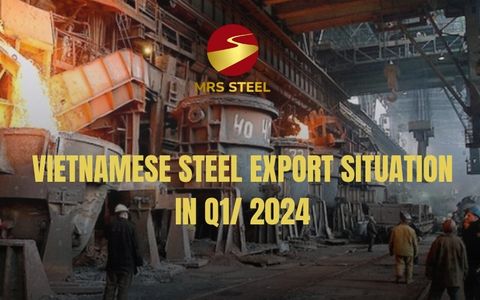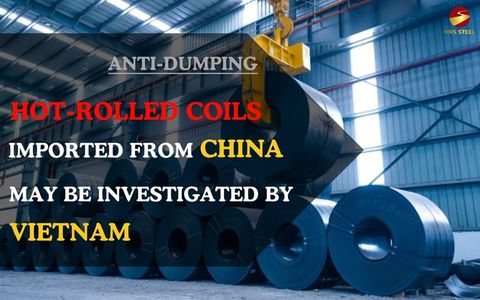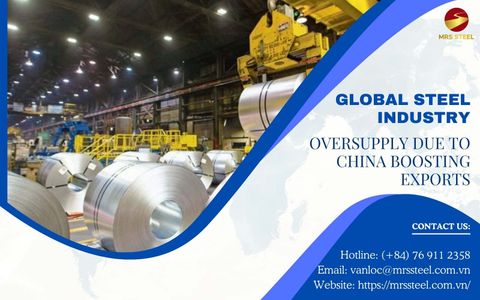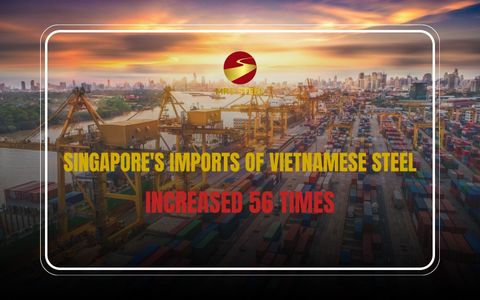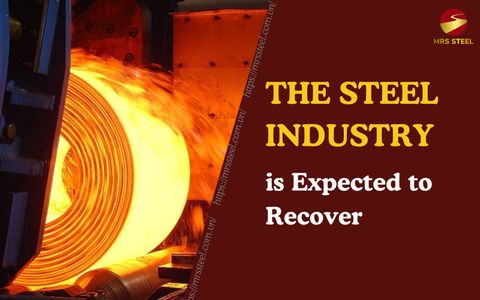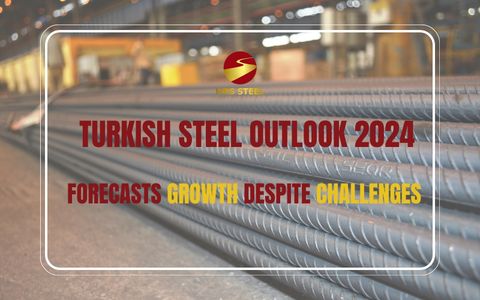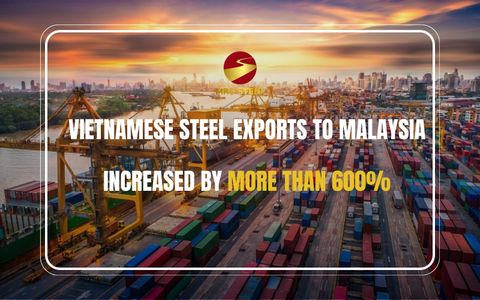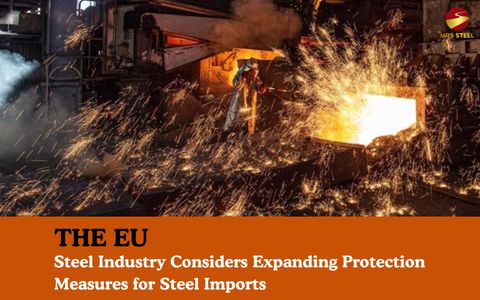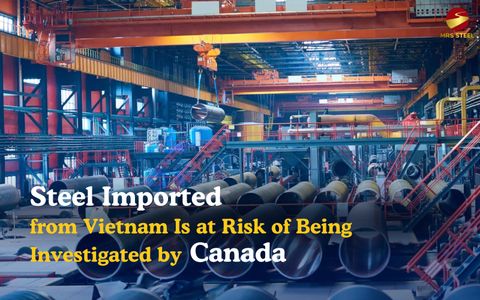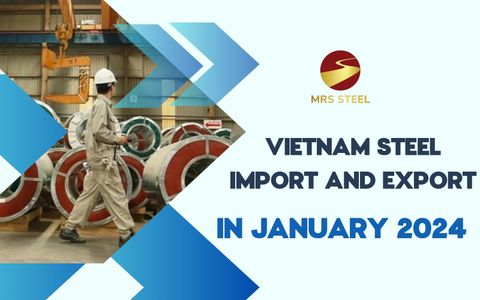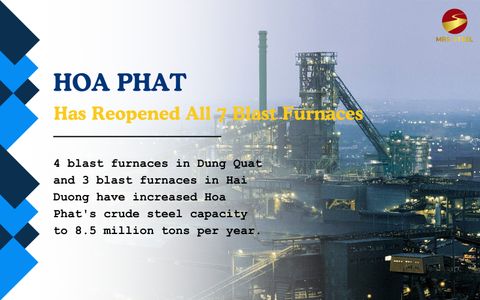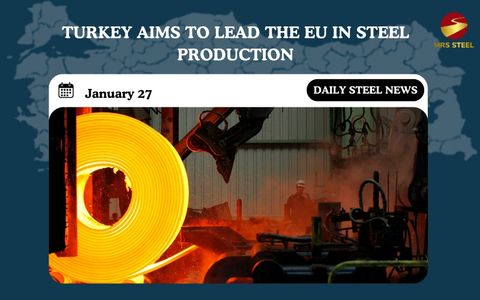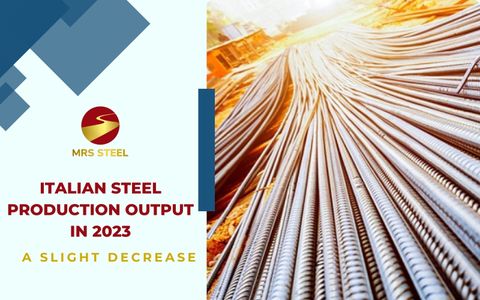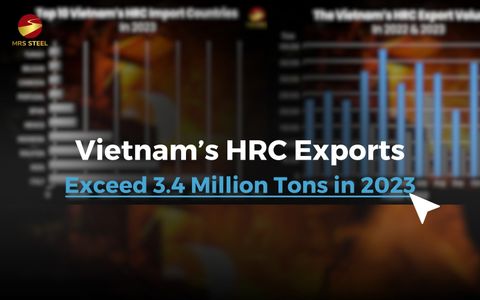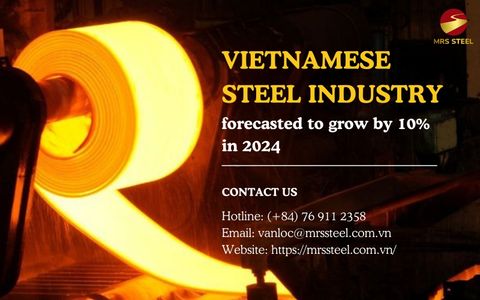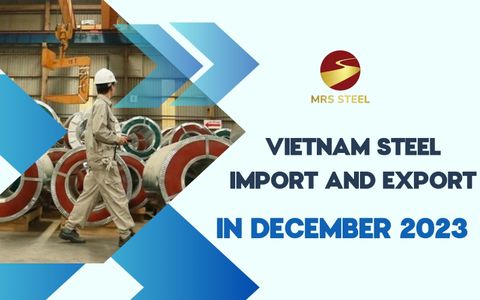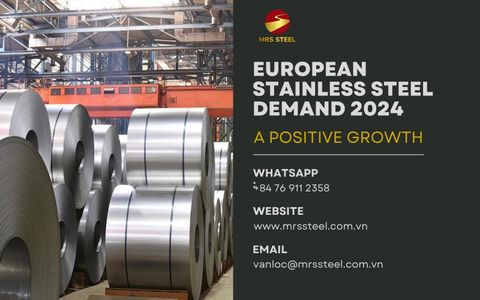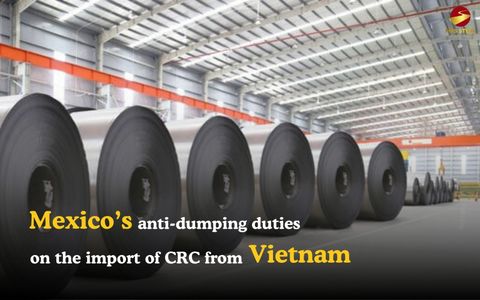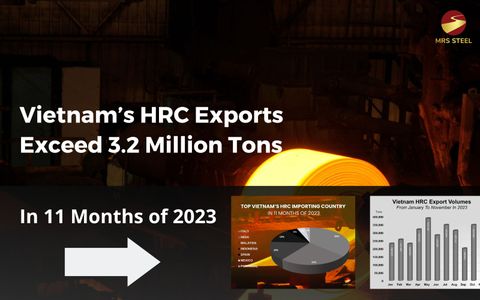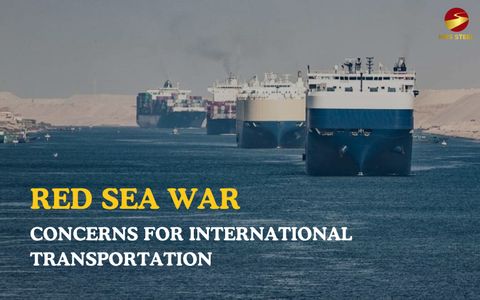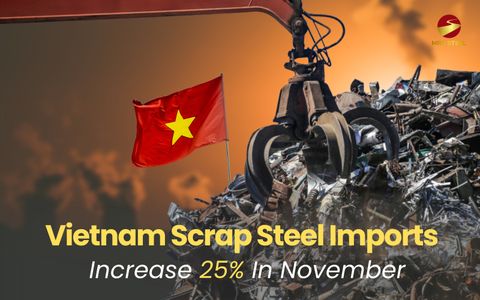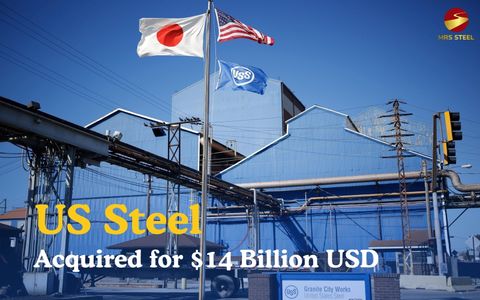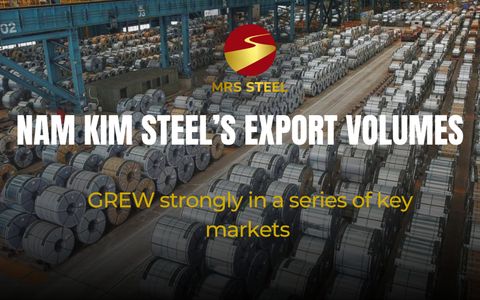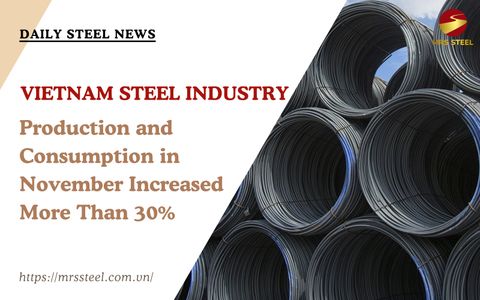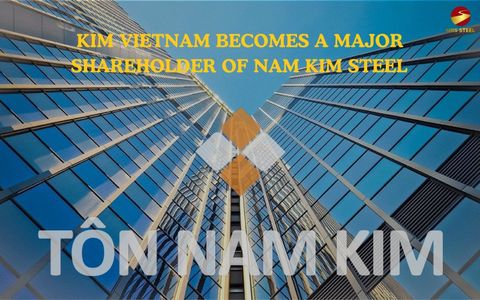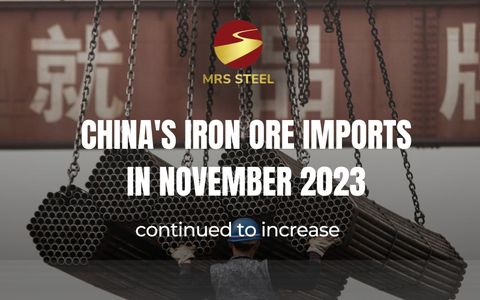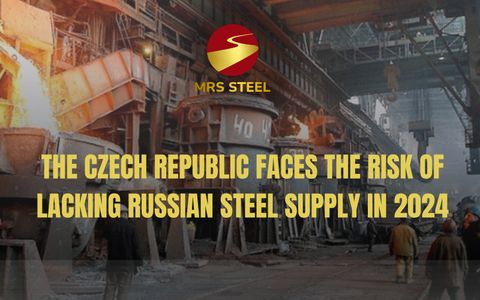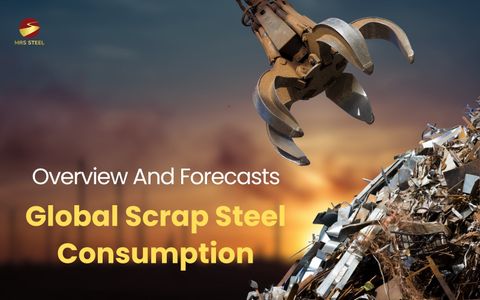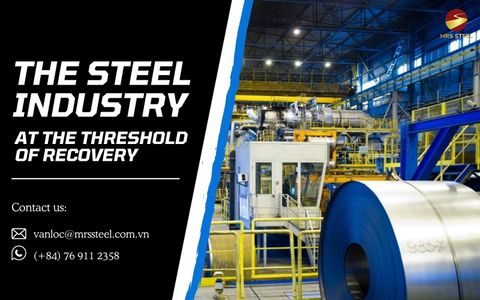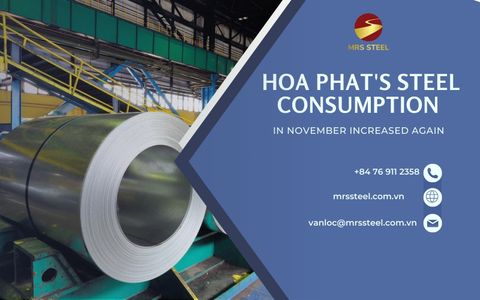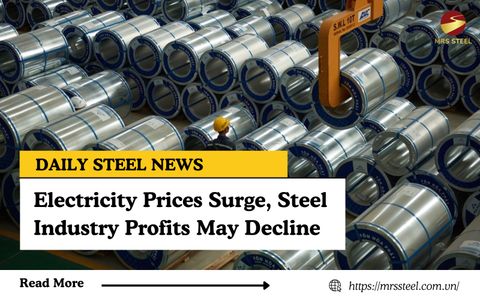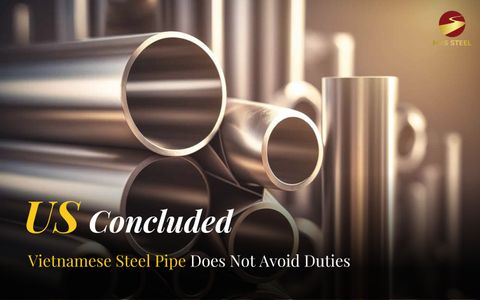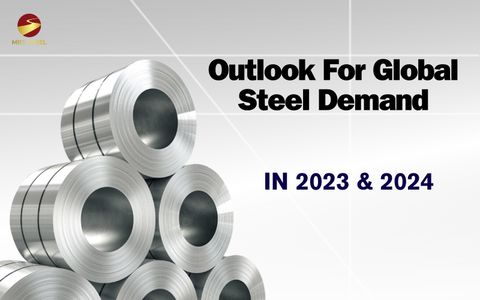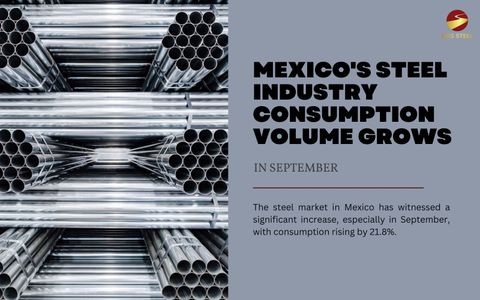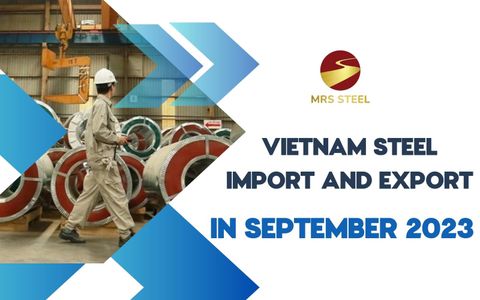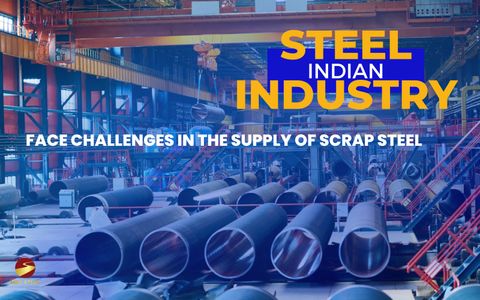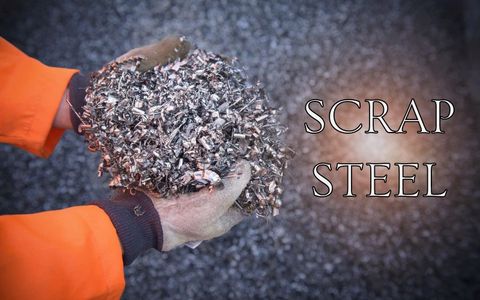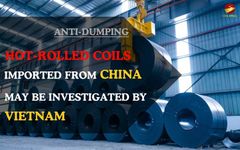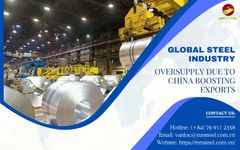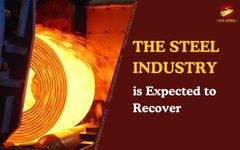China dominates steel market in the Southeast Asian
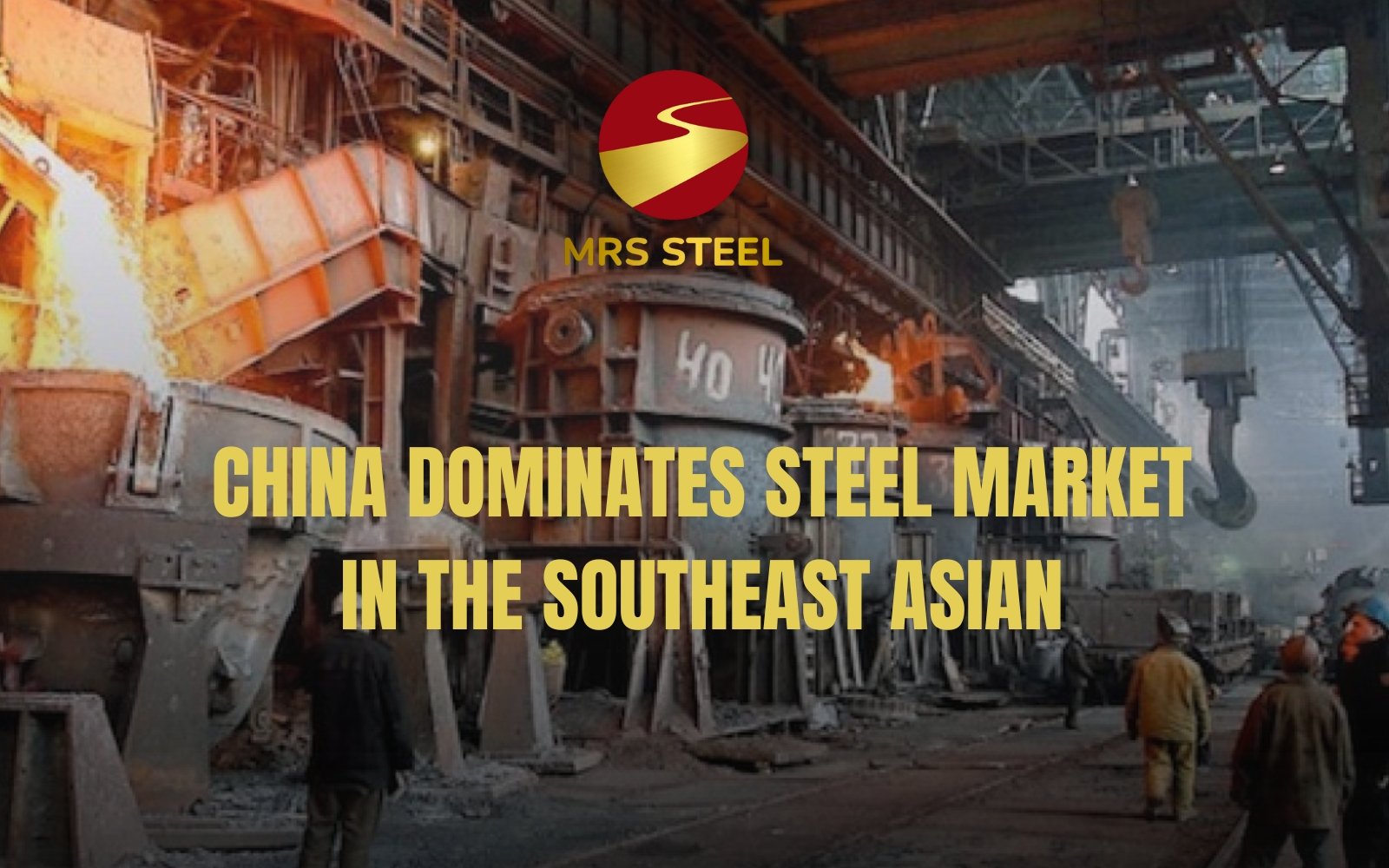
Steel NewsDate: 08-03-2024 by: Ngoc Cam
Overcapacity in China has led to a surge in steel exports, affecting the consumption of domestic factories in Southeast Asia. According to short-term forecasts, the Southeast Asian steel market will be flooded with cheap Chinese steel, some of which is sold at prices lower than production prices through dumping behavior.
According to the Secretary General of the Southeast Asia Iron and Steel Institute and former Deputy Minister of International Trade and Industry, expectations for the strong post-COVID-19 recovery in China's real estate and construction sector have not materialized. Meanwhile, steel output is expected to increase by 5% to more than 1 billion tons without any significant control policies. Even, Chinese steel exports are expected to reach a record high of 89 million tons. Excess capacity leads to "dumping" and the massive export of cheap steel to Southeast Asian countries.

According to data from the Southeast Asia Iron and Steel Institute (SEAISI), total production capacity in the 2029-2030 period will reach 182.5 million tons, 2.3 times higher than the current capacity (78.1 million tons). Another obstacle is that China's construction and real estate sectors are unlikely to recover, so exporting steel to China is also difficult.

In 2022, ASEAN-6's steel demand was 75.1 million tons, crude steel capacity was 78.1 million tons, output reached 50.5 million tons with capacity utilization at 64.6% (below the efficiency level of 80%). Steel imports reached 43.8 million tons, equivalent to 58% of demand. In Malaysia, factories face an even worse situation when they fall into a situation of overcapacity of more than 60%. Domestic demand was 5.4 million tons, capacity was about 10.6 million tons, while output is 3.6 million tons. Malaysia's top 4 long steel manufacturing companies also reported a loss of nearly 199 million USD in 6 quarters. From 2018 to 2022, the total losses of the 4 factories amounted to 1.35 billion RM. The new company entering Malaysia uses blast furnace (BF) technology that pollutes 3 times more than the EAF system. This negatively affects Malaysia's Net Zero roadmap by 2050.

